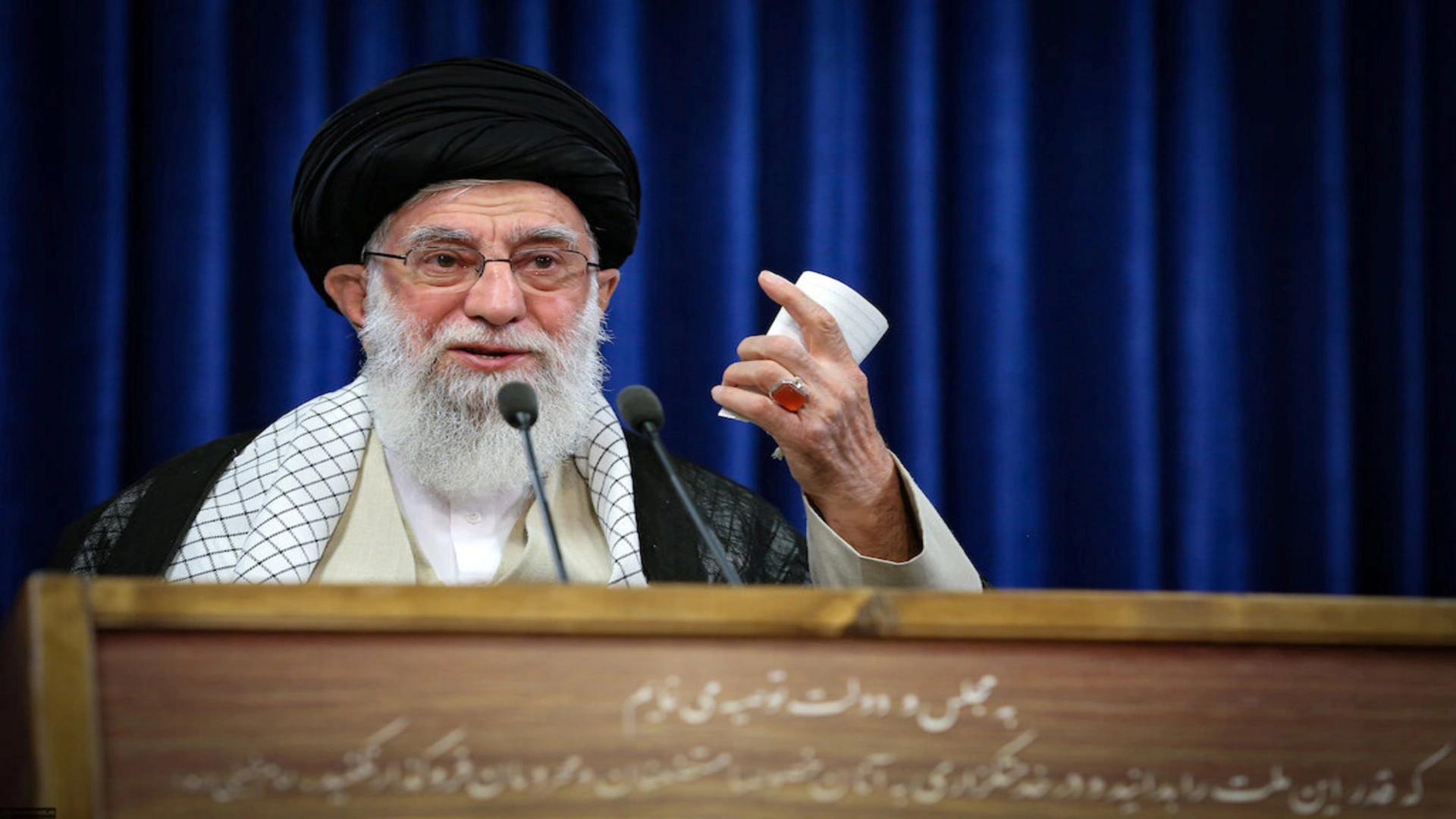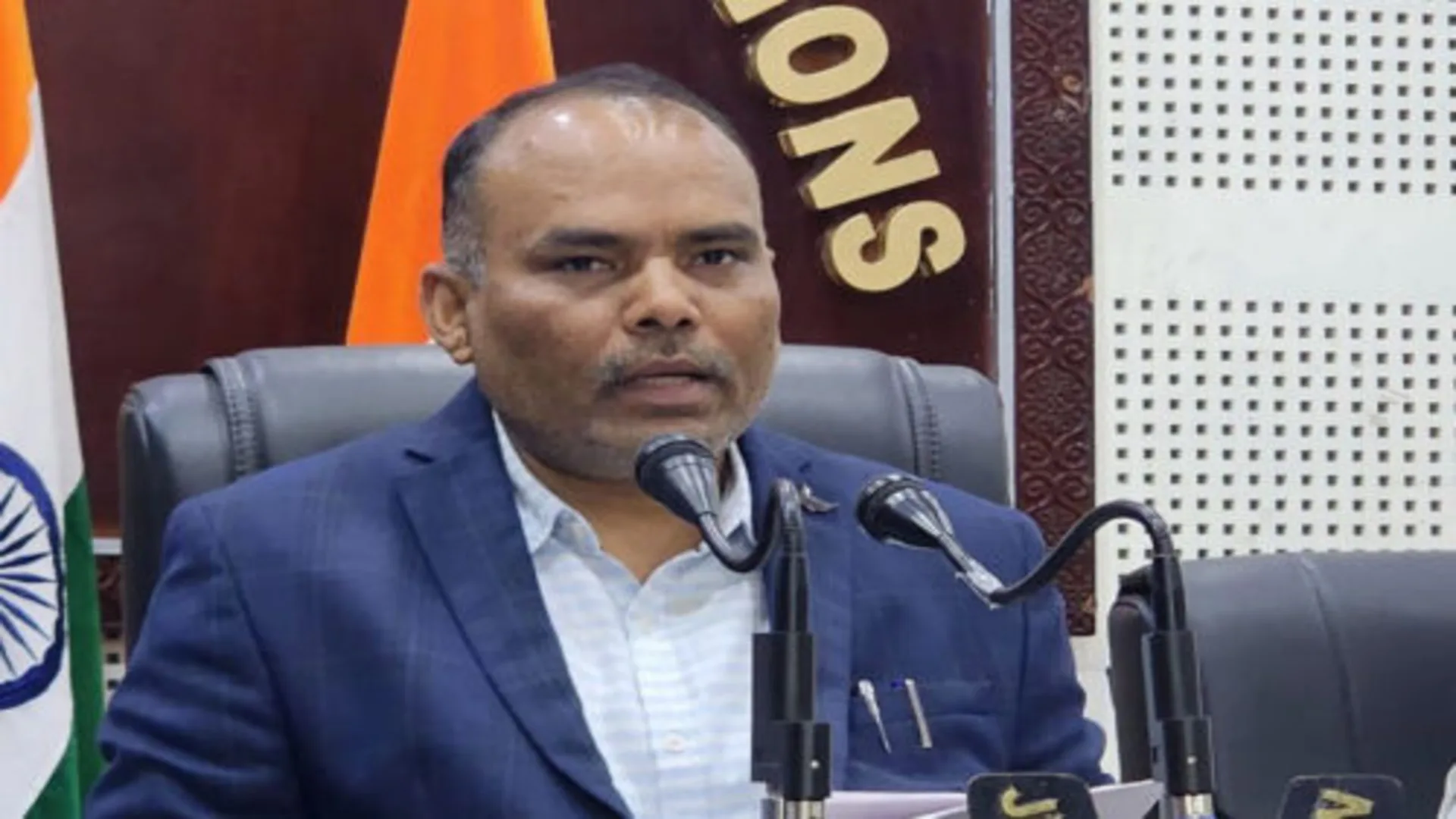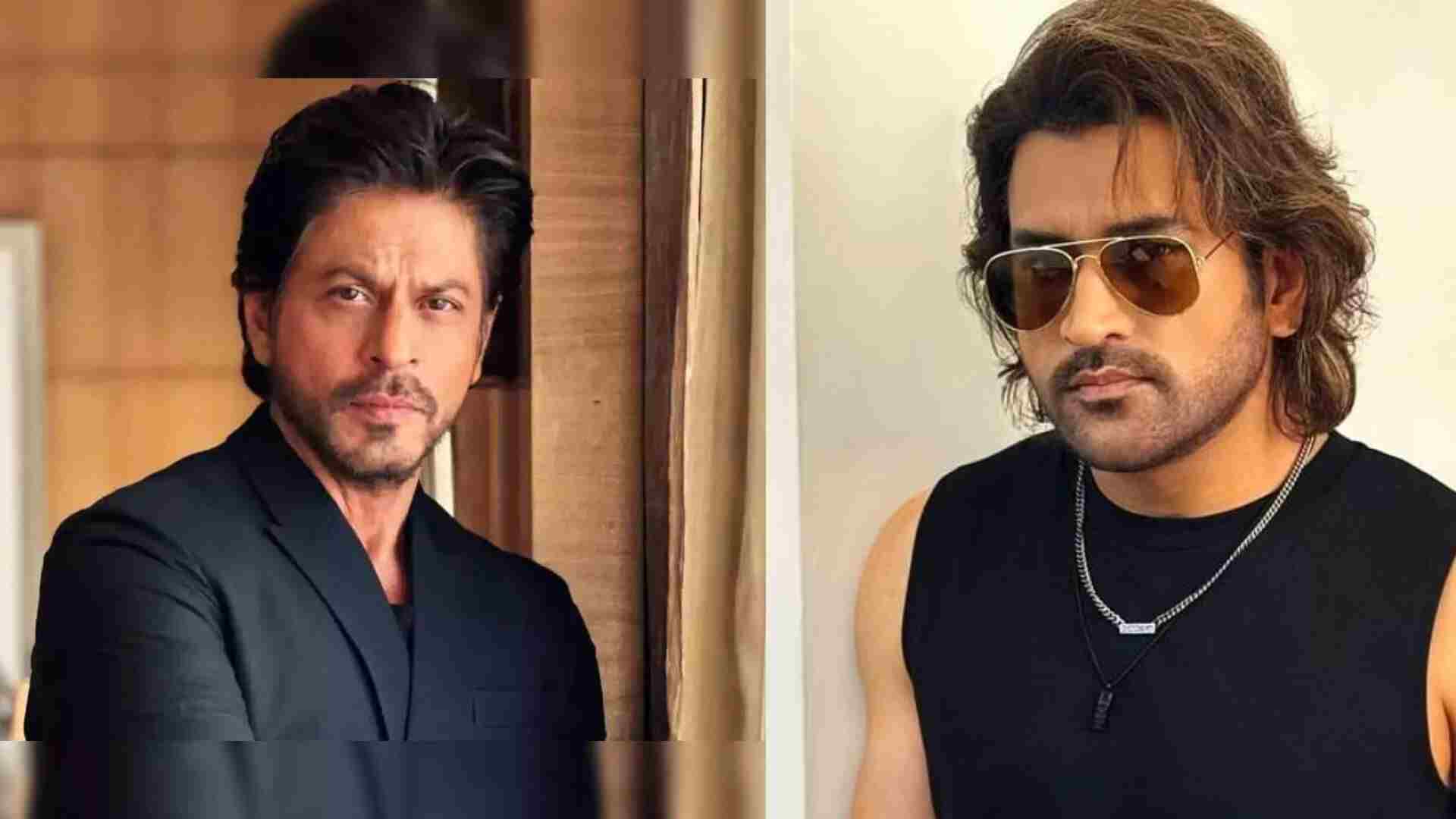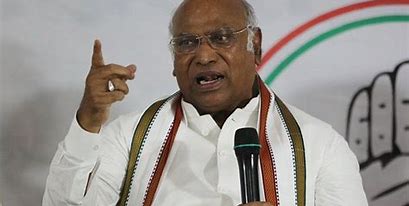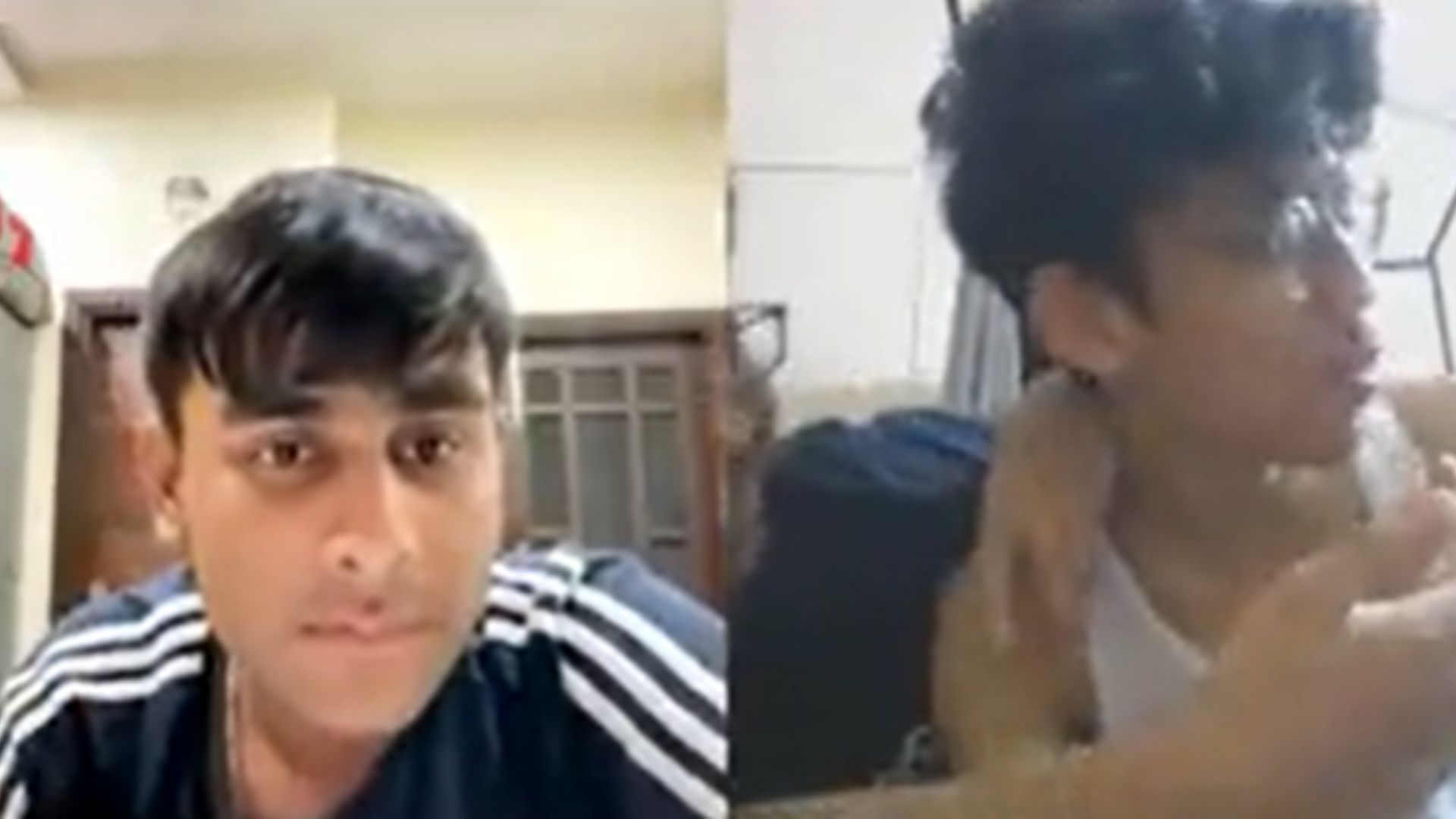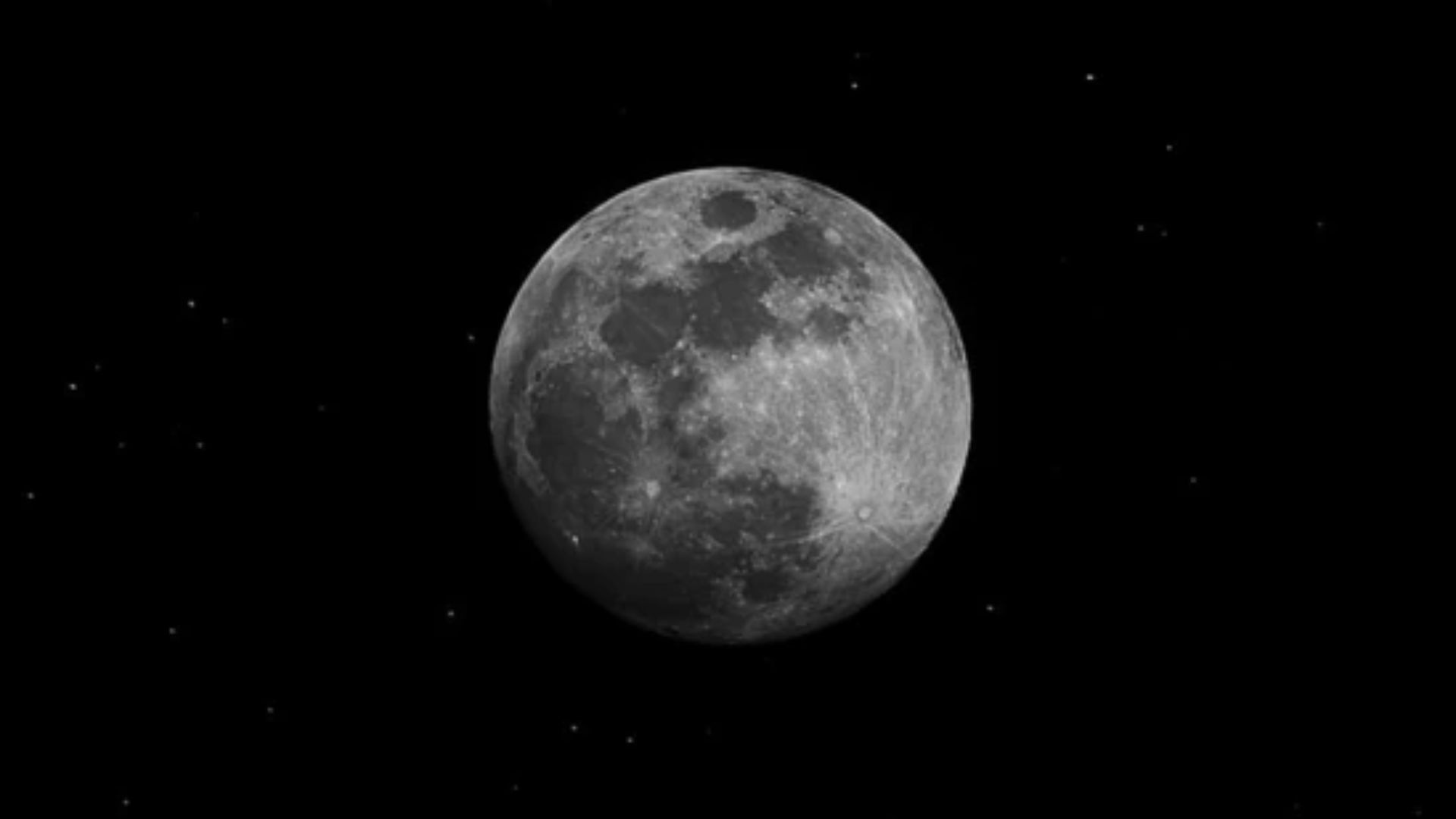
The small tube in your drawing room has undergone enormous transformation over the last several decades and has transformed the entertainment industry. A dive into the progression of television in India.
Television in India has a rich and vibrant history, marked by significant milestones and transformations. From its modest beginnings in the late 1950s to the digital age of streaming services, television has evolved into a ubiquitous medium of entertainment, information, and cultural expression. The journey of television in India encompasses technological advancements, regulatory changes, and socio-cultural influences that have shaped its development over the years. With a diverse array of channels, genres, and content formats, television continues to play a pivotal role in shaping public discourse, reflecting societal values, and fostering national unity in the diverse and dynamic Indian landscape.
The history of television in India reflects a journey of technological advancements, regulatory changes, and shifts in consumer preferences, ultimately shaping it into one of the world’s largest and most vibrant television markets. Here’s an overview:
Early Years: The first TV transmitter in India was installed in the Electronics and Telecommunications engineering department of the Jabalpur Engineering College, on 24 October 1951. In 1952, the government’s Scientific Advisory Committee for Broadcasting recommended the creation of a pilot station to showcase television’s potential to viewers. A television demonstration was held in Bombay from 10 to 12 October 1954. In 1955, an officer of All India Radio went to the United States to study telecommunications. The trip would give stamina to AIR’s first experimental television station.
Terrestrial television in India officially started with the experimental telecast starting in Delhi on 15 September 1959 with a small transmitter and a makeshift studio. Daily transmission began in 1965 as a part of Akashvani (formerly All India Radio AIR). Television service was later extended to Mumbai (formerly Bombay) and Amritsar in 1972. Up until 1975, only seven Indian cities had television services.[8] Satellite Instructional Television Experiment (SITE) was an important step taken by India to use television for development. The programmes were mainly produced by Doordarshan (DD) which was then a part of the AIR.
Expansion and Color Television: The telecast happened twice a day, in the mornings and evenings. Other than information related to agriculture, health and family planning were the other important topics dealt with in these programmes. Entertainment was also included in the form of dance, music, drama, folk and rural art forms. Television services were separated from radio in 1976. The national telecast was introduced in 1982. In the same year, colour television was introduced in the Indian market.
Indian small-screen programming began in the early 1980s. During this time, there was only one national channel, the government-owned Doordarshan. The Ramayana and Mahabharata, both based on the Indian epics of the same names, were the first major television series produced. They notched up a world record in viewership numbers. By the late 1980s, more people began to own television. Though there was a single channel, television programming had reached saturation. Hence the government opened up another channel which had part national programming and part regional. This channel was known as DD Metro (formerly DD 2). Both channels were broadcast terrestrially.
Liberalization and Cable Television: In 1997, Prasar Bharati, a statutory autonomous body was established. Doordarshan along with the AIR were converted into government corporations under Prasar Bharati. The Prasar Bharati Corporation was established to serve as the public service broadcaster of the country which would achieve its objectives through AIR and Doordashan. This was a step towards greater autonomy for Doordarshan and AIR. However, Prasar Bharati has not succeeded in shielding Doordarshan from government control.
The transponders of the American satellites PAS-1 and PAS-4 helped in the transmission and telecast of DD. An international channel called DD International was started in 1995 and it telecasts programs for 19 hours a day to foreign countries-via PAS-4 to Europe, Asia and Africa, and via PAS-1 to North America.
The 1980s was the era of DD with shows like Hum Log (1984–1985), Wagle Ki Duniya (1988), Buniyaad (1986–1987) and comedy shows like Yeh Jo Hai Zindagi (1984), other than the widely popular dramas like Ramayan (1987–1988) and Mahabharat (1989–1990) glued millions to Doordarshan and later on Chandrakanta(1994–1996). Hindi film songs based programs like Chitrahaar, Rangoli, Superhit Muqabla and crime thrillers like Karamchand, Byomkesh Bakshi.
The central government (Congress Govt) launched a series of economic and social reforms in 1991 under Prime Minister P. V. Narasimha Rao. Under the new policies, the government allowed private and foreign broadcasters to engage in limited operations in India. This process has been pursued consistently by all subsequent federal administrations. Foreign broadcasters like the CNN, the BBC and Disney Star and private domestic broadcasters such as ZEEL, ETV Network, Sun TV and Asianet started satellite broadcasts. Starting with 41 sets in 1962 and one channel, by 1995, television in India had covered more than 70 million homes giving a viewing population of more than 400 million individuals through more than 100 channels.
Terrestrial television: Starting in December 1991, Disney Star introduced four major television channels into the Indian broadcasting space that had so far been monopolized by the Indian government-owned Doordarshan: MTV, STAR Plus, Star Movies, BBC News and Prime Sports. In October 1992, India saw the launch of Zee TV, the first privately owned Indian channel to broadcast over cable followed by Asia Television Network (ATN). A few years later CNN, Discovery Channel and National Geographic Channel made their foray into India. Later, Star TV Network expanded its bouquet with the introduction of STAR World, Star Sports, ESPN, Channel V and STAR Gold.
With the launch of the Tamil Sun TV in 1993, South India saw the birth of its first private television channel. With a network comprising more than 20 channels in various South Indian languages, Sun TV network recently launched a DTH service and its channels are now available in several countries outside India. Following Sun TV, several television channels sprung up in the south. Among these are the Tamil channel Raj TV (1993) and the Malayalam channel Asianet launched in 1993 from Asianet Communications, which was later acquired by Disney Star. Asianet cable network and Asianet broadband were from Asianet Communication Ltd. These three networks and their channels today take up most of the broadcasting space in South India. In 1994, industrialist N. P. V. Ramasamy Udayar launched a Tamil channel called GEC (Golden Eagle Communication), which was later acquired by Vijay Mallya and renamed as Vijay TV. In Telugu, Telugu daily newspaper Eenadu started its television division called ETV Network in 1995 and later diversified into other Indian languages. The same year, another Telugu channel called Gemini TV was launched which was later acquired by the Sun TV Network in 1998.
Throughout the 1990s, along with a multitude of Hindi-language channels, several regional and English language channels flourished all over India. By 2001, international channels HBO and the History Channel started providing service. In 1995–2003, other international channels such as Cartoon Network, Nickelodeon, VH1 and Toon Disney entered the market. Starting in 2003, there has been an explosion of news channels in various languages; the most notable among them are NDTV, CNN-News18, Times Now and Aaj Tak. Satellite Television Boom: The 2000s witnessed a proliferation of satellite television channels catering to various interests, including news, entertainment, sports, and regional content. International players like Sony, MTV, and Cartoon Network entered the Indian market, further diversifying the television landscape. Reality shows, soap operas, and game shows became immensely popular during this period. In India, the broadcast of free-to-air television is governed through a state-owned Prasar Bharati corporation, with the Doordarshan group of channels being the only broadcaster. As such, cable television is the primary source of TV programming in India.
Digitalization and High-Definition Television: As per the TAM Annual Universe Update – 2015, India had over 167 million households (out of 234 million) with televisions, of which over 161 million have access to Cable TV or Satellite TV, including 84 million households which are DTH subscribers. Digital TV households have grown by 32% since 2013 due to migration from terrestrial and analogue broadcasts. TV-owning households have been growing at between 8–10%. Digital TV penetration is at 64% as of September 2014. India now has over 850 TV channels (2018) covering all the main languages spoken in the nation and whereby 197 million households own televisions.
The growth in digital broadcast has been due to the introduction of a multi-phase digitization policy by the Government of India. An ordinance was introduced by the Govt. of India regarding the mandatory digitization of Cable Services. According to this amendment made in section 9 of the Cable Television Networks (Regulation) Amendment Ordinance, 1995, the I&B ministry is in the process of making Digia tal Addressable System mandatory. As per the policy, viewers would be able to access digital services only through a set-top box (STB)
Streaming Services and OTT Platforms: There are at least five basic types of television in India: broadcast or “over-the-air” television, unencrypted satellite or “free-to-air”, Direct-to-Home (DTH), cable television, IPTV and OTT. Over-the-air terrestrial and free-to-air TV (such as DD Free Dish) is free with no monthly payments while Cable, DTH, and IPTV require a subscription that varies depending on how many channels a subscriber chooses to pay for and how much the provider is charging for the packages. Channels are usually sold in groups or a la carte. All television service providers are required by law to provide a la carte selection of channels. India is the second largest pay-TV market in the world in terms of subscribers after China and has more than doubled from 32% in 2001 to 66% in 2018.
As of 2016, over 1600 TV satellite television channels are broadcast in India. This includes channels from the state-owned Doordarshan, Disney India owned Star, Sony owned Sony Entertainment Television, Zee TV, Sun TV Network and Asianet. Direct To Home service is provided by Airtel Digital TV, DD Free Dish, DishTV, Sun Direct, Tata Play and Videocon D2H. Dish TV was the first one to come up in Indian Market, others came only years later.
Analog switchover: The Ministry of Information and Broadcasting issued a notification on 11 November 2011, setting 31 March 2015 as the deadline for complete shift from analogue to digital systems. In December 2011, Parliament passed The Cable Television Networks (Regulation) Amendment Act to digitize the cable television sector by 2014. Chennai, Delhi, Kolkata, and Mumbai had to switch by 31 October 2012. The second phase of 38 cities, including Bangalore, Chandigarh, Nagpur, Patna, and Pune, was to switch by 31 March 2013. The remaining urban areas were to be digitised by 30 November 2014 and the rest of the country by 31 March 2015.
IPTV and OTT Platforms:
Internet Protocol Television (IPTV) and Over-the-Top (OTT) platforms gained popularity in India in the 2010s, allowing viewers to access television content over the internet. IPTV delivers television services through broadband networks, while OTT platforms offer on-demand streaming of movies, TV shows, and original content over the internet. The COVID-19 pandemic also accelerated the adoption of digital platforms for entertainment consumption, further shaping the future of television in India. CAS or conditional access system is a digital mode of transmitting TV channels through a set-top box (STB). The transmission signals are encrypted and viewers need to buy a set-top box to receive and decrypt the signal. The STB is required to watch only pay channels.
Transition to 4K and Beyond: With advancements in display technology, including Ultra High Definition (UHD) and 4K resolution, television manufacturers and broadcasters are exploring new possibilities for enhancing the viewing experience. The transition to higher resolutions, along with innovations in HDR (High Dynamic Range) and immersive audio formats, is poised to redefine the future of television in India.
